HSBC 2008 Annual Report Download - page 19
Download and view the complete annual report
Please find page 19 of the 2008 HSBC annual report below. You can navigate through the pages in the report by either clicking on the pages listed below, or by using the keyword search tool below to find specific information within the annual report.-
 1
1 -
 2
2 -
 3
3 -
 4
4 -
 5
5 -
 6
6 -
 7
7 -
 8
8 -
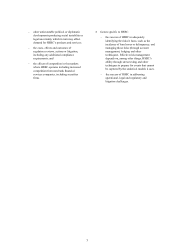 9
9 -
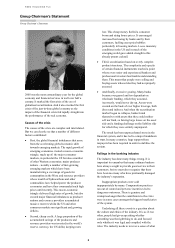 10
10 -
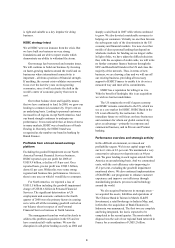 11
11 -
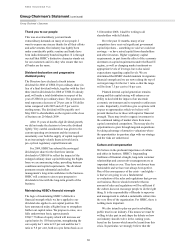 12
12 -
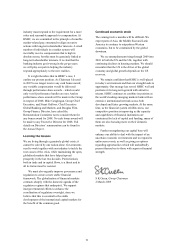 13
13 -
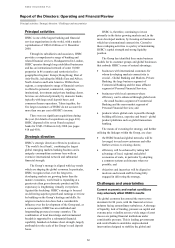 14
14 -
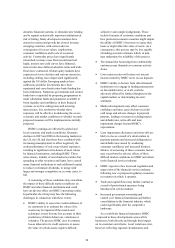 15
15 -
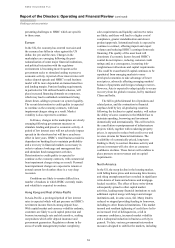 16
16 -
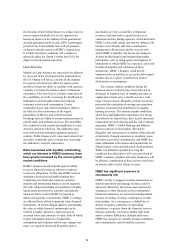 17
17 -
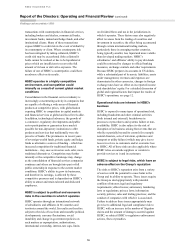 18
18 -
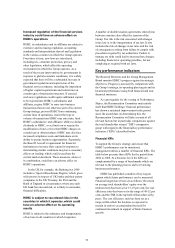 19
19 -
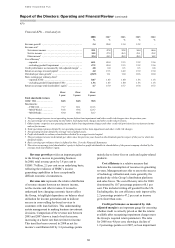 20
20 -
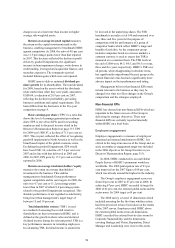 21
21 -
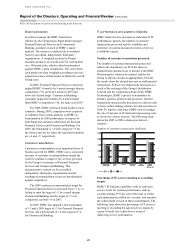 22
22 -
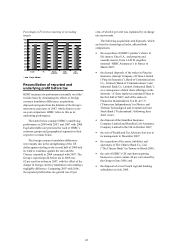 23
23 -
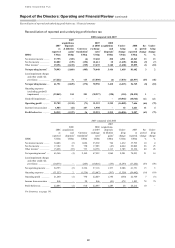 24
24 -
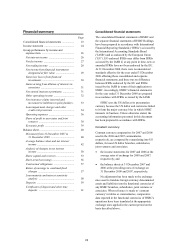 25
25 -
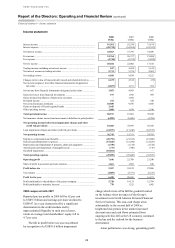 26
26 -
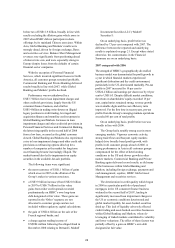 27
27 -
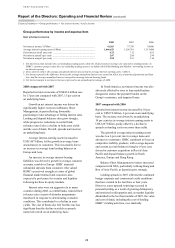 28
28 -
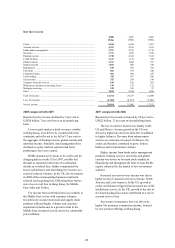 29
29 -
 30
30 -
 31
31 -
 32
32 -
 33
33 -
 34
34 -
 35
35 -
 36
36 -
 37
37 -
 38
38 -
 39
39 -
 40
40 -
 41
41 -
 42
42 -
 43
43 -
 44
44 -
 45
45 -
 46
46 -
 47
47 -
 48
48 -
 49
49 -
 50
50 -
 51
51 -
 52
52 -
 53
53 -
 54
54 -
 55
55 -
 56
56 -
 57
57 -
 58
58 -
 59
59 -
 60
60 -
 61
61 -
 62
62 -
 63
63 -
 64
64 -
 65
65 -
 66
66 -
 67
67 -
 68
68 -
 69
69 -
 70
70 -
 71
71 -
 72
72 -
 73
73 -
 74
74 -
 75
75 -
 76
76 -
 77
77 -
 78
78 -
 79
79 -
 80
80 -
 81
81 -
 82
82 -
 83
83 -
 84
84 -
 85
85 -
 86
86 -
 87
87 -
 88
88 -
 89
89 -
 90
90 -
 91
91 -
 92
92 -
 93
93 -
 94
94 -
 95
95 -
 96
96 -
 97
97 -
 98
98 -
 99
99 -
 100
100 -
 101
101 -
 102
102 -
 103
103 -
 104
104 -
 105
105 -
 106
106 -
 107
107 -
 108
108 -
 109
109 -
 110
110 -
 111
111 -
 112
112 -
 113
113 -
 114
114 -
 115
115 -
 116
116 -
 117
117 -
 118
118 -
 119
119 -
 120
120 -
 121
121 -
 122
122 -
 123
123 -
 124
124 -
 125
125 -
 126
126 -
 127
127 -
 128
128 -
 129
129 -
 130
130 -
 131
131 -
 132
132 -
 133
133 -
 134
134 -
 135
135 -
 136
136 -
 137
137 -
 138
138 -
 139
139 -
 140
140 -
 141
141 -
 142
142 -
 143
143 -
 144
144 -
 145
145 -
 146
146 -
 147
147 -
 148
148 -
 149
149 -
 150
150 -
 151
151 -
 152
152 -
 153
153 -
 154
154 -
 155
155 -
 156
156 -
 157
157 -
 158
158 -
 159
159 -
 160
160 -
 161
161 -
 162
162 -
 163
163 -
 164
164 -
 165
165 -
 166
166 -
 167
167 -
 168
168 -
 169
169 -
 170
170 -
 171
171 -
 172
172 -
 173
173 -
 174
174 -
 175
175 -
 176
176 -
 177
177 -
 178
178 -
 179
179 -
 180
180 -
 181
181 -
 182
182 -
 183
183 -
 184
184 -
 185
185 -
 186
186 -
 187
187 -
 188
188 -
 189
189 -
 190
190 -
 191
191 -
 192
192 -
 193
193 -
 194
194 -
 195
195 -
 196
196 -
 197
197 -
 198
198 -
 199
199 -
 200
200 -
 201
201 -
 202
202 -
 203
203 -
 204
204 -
 205
205 -
 206
206 -
 207
207 -
 208
208 -
 209
209 -
 210
210 -
 211
211 -
 212
212 -
 213
213 -
 214
214 -
 215
215 -
 216
216 -
 217
217 -
 218
218 -
 219
219 -
 220
220 -
 221
221 -
 222
222 -
 223
223 -
 224
224 -
 225
225 -
 226
226 -
 227
227 -
 228
228 -
 229
229 -
 230
230 -
 231
231 -
 232
232 -
 233
233 -
 234
234 -
 235
235 -
 236
236 -
 237
237 -
 238
238 -
 239
239 -
 240
240 -
 241
241 -
 242
242 -
 243
243 -
 244
244 -
 245
245 -
 246
246 -
 247
247 -
 248
248 -
 249
249 -
 250
250 -
 251
251 -
 252
252 -
 253
253 -
 254
254 -
 255
255 -
 256
256 -
 257
257 -
 258
258 -
 259
259 -
 260
260 -
 261
261 -
 262
262 -
 263
263 -
 264
264 -
 265
265 -
 266
266 -
 267
267 -
 268
268 -
 269
269 -
 270
270 -
 271
271 -
 272
272 -
 273
273 -
 274
274 -
 275
275 -
 276
276 -
 277
277 -
 278
278 -
 279
279 -
 280
280 -
 281
281 -
 282
282 -
 283
283 -
 284
284 -
 285
285 -
 286
286 -
 287
287 -
 288
288 -
 289
289 -
 290
290 -
 291
291 -
 292
292 -
 293
293 -
 294
294 -
 295
295 -
 296
296 -
 297
297 -
 298
298 -
 299
299 -
 300
300 -
 301
301 -
 302
302 -
 303
303 -
 304
304 -
 305
305 -
 306
306 -
 307
307 -
 308
308 -
 309
309 -
 310
310 -
 311
311 -
 312
312 -
 313
313 -
 314
314 -
 315
315 -
 316
316 -
 317
317 -
 318
318 -
 319
319 -
 320
320 -
 321
321 -
 322
322 -
 323
323 -
 324
324 -
 325
325 -
 326
326 -
 327
327 -
 328
328 -
 329
329 -
 330
330 -
 331
331 -
 332
332 -
 333
333 -
 334
334 -
 335
335 -
 336
336 -
 337
337 -
 338
338 -
 339
339 -
 340
340 -
 341
341 -
 342
342 -
 343
343 -
 344
344 -
 345
345 -
 346
346 -
 347
347 -
 348
348 -
 349
349 -
 350
350 -
 351
351 -
 352
352 -
 353
353 -
 354
354 -
 355
355 -
 356
356 -
 357
357 -
 358
358 -
 359
359 -
 360
360 -
 361
361 -
 362
362 -
 363
363 -
 364
364 -
 365
365 -
 366
366 -
 367
367 -
 368
368 -
 369
369 -
 370
370 -
 371
371 -
 372
372 -
 373
373 -
 374
374 -
 375
375 -
 376
376 -
 377
377 -
 378
378 -
 379
379 -
 380
380 -
 381
381 -
 382
382 -
 383
383 -
 384
384 -
 385
385 -
 386
386 -
 387
387 -
 388
388 -
 389
389 -
 390
390 -
 391
391 -
 392
392 -
 393
393 -
 394
394 -
 395
395 -
 396
396 -
 397
397 -
 398
398 -
 399
399 -
 400
400 -
 401
401 -
 402
402 -
 403
403 -
 404
404 -
 405
405 -
 406
406 -
 407
407 -
 408
408 -
 409
409 -
 410
410 -
 411
411 -
 412
412 -
 413
413 -
 414
414 -
 415
415 -
 416
416 -
 417
417 -
 418
418 -
 419
419 -
 420
420 -
 421
421 -
 422
422 -
 423
423 -
 424
424 -
 425
425 -
 426
426 -
 427
427 -
 428
428 -
 429
429 -
 430
430 -
 431
431 -
 432
432 -
 433
433 -
 434
434 -
 435
435 -
 436
436 -
 437
437 -
 438
438 -
 439
439 -
 440
440 -
 441
441 -
 442
442 -
 443
443 -
 444
444 -
 445
445 -
 446
446 -
 447
447 -
 448
448 -
 449
449 -
 450
450 -
 451
451 -
 452
452 -
 453
453 -
 454
454 -
 455
455 -
 456
456 -
 457
457 -
 458
458 -
 459
459 -
 460
460 -
 461
461 -
 462
462 -
 463
463 -
 464
464 -
 465
465 -
 466
466 -
 467
467 -
 468
468 -
 469
469 -
 470
470 -
 471
471 -
 472
472
 |
 |

17
Increased regulation of the financial services
industry could have an adverse effect on
HSBC’s operations
HSBC, its subsidiaries and its affiliates are subject to
extensive and increasing regulation, accounting
standards and interpretations thereof and legislation
in the various countries in which the Group operates.
From time to time, new laws are introduced,
including tax, consumer protection, privacy and
other legislation, which affect the operating
environment in which the Group operates. As a
result of the recent interventions by governments in
response to global economic conditions, it is widely
expected that there will be a substantial increase in
government regulation and supervision of the
financial services industry, including the imposition
of higher capital requirements and restrictions on
certain types of transaction structure. If enacted,
such new regulations could require additional capital
to be injected into HSBC’s subsidiaries and
affiliates, require HSBC to enter into business
transactions that are not otherwise part of its current
Group strategy, prevent HSBC from continuing
current lines of operations, restrict the type or
volume of transactions HSBC may enter into, limit
HSBC’s subsidiaries’ and affiliates’ ability to declare
dividends to HSBC, or set limits on or require the
modification of rates or fees that HSBC charges on
certain loan or other products. HSBC may also face
increased compliance costs and limitations on its
ability to pursue business opportunities. Separately,
the Basel II Accord’s requirement for financial
institutions to increase their capital in response to
deteriorating market conditions may have secondary
effects on lending, which could exacerbate the
current market downturn. These measures, alone or
in combination, could have an adverse effect on
HSBC’s operations.
In the UK for example, the Banking Act 2009
includes a ‘Special Resolutions Regime’ which gives
wide powers in respect of UK banks and their parent
companies to the UK Treasury, the FSA and the
Bank of England in circumstances where any such
UK bank has encountered, or is likely to encounter,
financial difficulties.
HSBC is subject to tax-related risks in the
countries in which it operates, which could
have an adverse effect on its operating
results
HSBC is subject to the substance and interpretation
of tax laws in all countries in which it operates.
A number of double taxation agreements entered into
between countries also affect the taxation of the
Group. Tax risk is the risk associated with changes
in tax law or in the interpretation of tax law. It also
includes the risk of changes in tax rates and the risk
of consequences arising from failure to comply with
procedures required by tax authorities. Failure to
manage tax risks could lead to increased tax charges,
including financial or operating penalties, for not
complying as required with tax laws.
Key performance indicators
The Board of Directors and the Group Management
Board monitor HSBC’s progress against its strategic
objectives. Progress is assessed by comparison with
the Group’s strategy, its operating plan targets and its
historical performance using both financial and non-
financial measures.
As a prerequisite for the vesting of Performance
Shares, the Remuneration Committee must satisfy
itself that HSBC Holdings’ financial performance
has shown a sustained improvement in the period
since the award date. In determining this, the
Remuneration Committee will take account of all
relevant factors but in particular comparisons against
the total shareholder return (‘TSR’) comparator
group with regard to the financial key performance
indicators (‘KPIs’) described below.
Financial KPIs
To support the Group’s strategy and ensure that
HSBC’s performance can be monitored,
management utilises a number of financial KPIs. The
table below presents these KPIs for the period from
2004 to 2008. At a business level, the KPIs are
complemented by a range of benchmarks which are
relevant to the planning process and to reviewing
business performance.
HSBC has published a number of key targets
against which future performance can be measured.
Financial targets have been set as follows: the return
on average total shareholders’ equity over the
medium term has been set at 15-19 per cent; the cost
efficiency ratio has been set in the range of 48-52 per
cent; and the TSR in the top half of that achieved by
peers. The cost efficiency ratio has been set as a
range within which the business is expected to
remain in order to accommodate the need for
continued investment in support of future business
growth.
